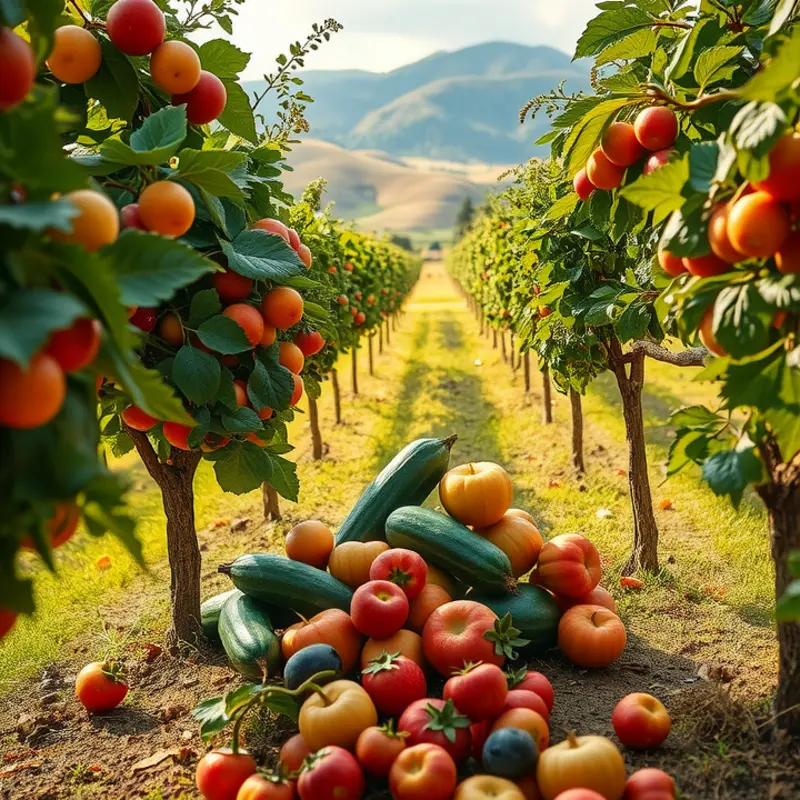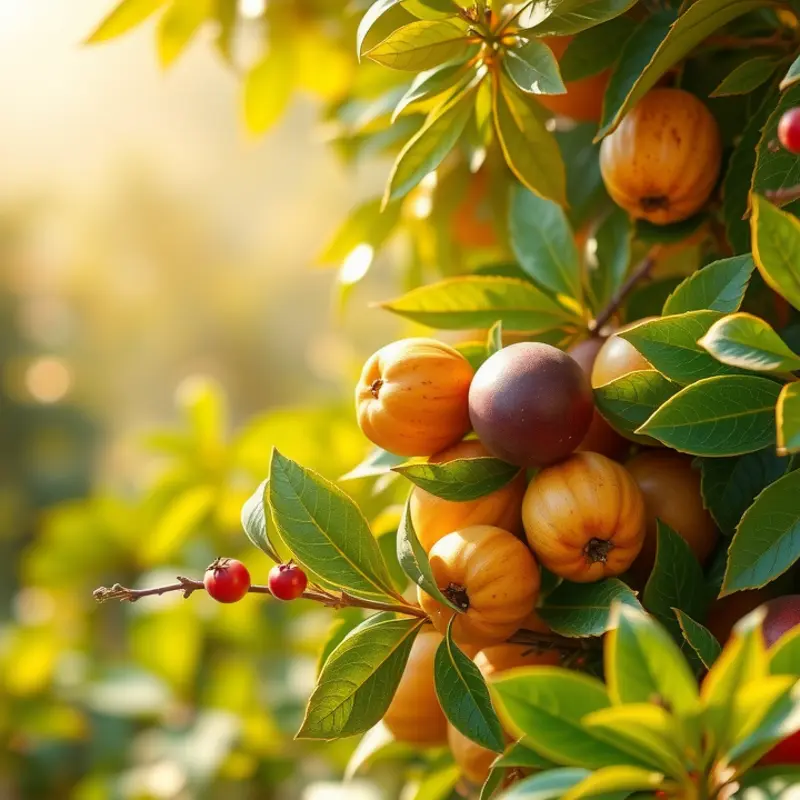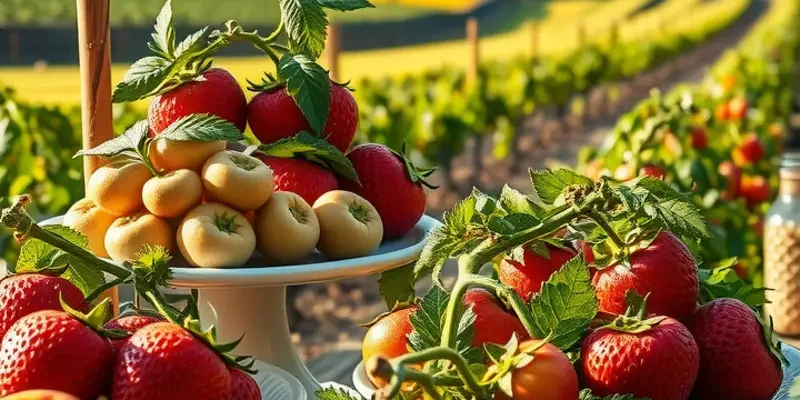Desserts are more than just sweet endings to a meal; they are a reflection of cultural heritage and tradition. Across the globe, from the rich chocolates of Belgium to the refreshing mochi of Japan, regional desserts tell a story of local ingredients, customs, and celebrations. This exploration dives into the diverse world of desserts, uncovering how each region’s unique flavors and techniques create an irresistible tapestry of tastes.
Decadence from the West: European Pastries and Sweets

European desserts capture the imagination and palate with their intricate techniques and deep roots in history. Among them, the French éclair stands as an emblem of culinary precision. A choux pastry filled with cream and topped with chocolate ganache, each éclair narrates the story of 19th-century Parisian cafés where they were first savored. Today, they are a staple at French bakeries, an indulgence often shared at weekend gatherings or as part of a leisurely afternoon tea.
Journeying south to Italy, we find the iconic tiramisu. This dessert, with layers of coffee-soaked ladyfingers, mascarpone, and cocoa, immerses one in the romance of Venetian kitchens where it was originally crafted. Tiramisu is more than just a sweet treat; it is a cultural experience, typically enjoyed on festive occasions or as the perfect ending to a family meal. Its name, meaning ‘pick-me-up’ in Italian, reflects the uplifting essence of this dessert, which uses locally treasured coffee as a key ingredient.
In Germany, the Black Forest cake reigns supreme. Known locally as Schwarzwälder Kirschtorte, this cake blends layers of chocolate sponge, whipped cream, and cherries, infused with a regional cherry schnapps. It is a vivid representation of the Black Forest region’s natural bounty and is often featured during cultural festivals and family celebrations. The Black Forest cake is more than a dessert—it’s a testament to the importance of using fresh, seasonal ingredients, which are central to its rich and authentic flavor.
Traditional European desserts are also deeply intertwined with seasonal and locally sourced ingredients. In France, the emphasis on buttery, rich pastries aligns with the climatic conditions perfect for dairy farming, shaping the regional palate. Similarly, in Italy, the abundant growth of coffee and cocoa contributes to the unique flavor profile of tiramisu. These regional specialties showcase how historical trade routes influenced the culinary landscape, a topic further explored in culinary influences through trade.
Moreover, traditional techniques remain cherished across Europe, with many recipes passed down through generations. The careful crafting of pâte à choux for éclairs or precision layering in tiramisu reflects a dedication to culinary art that defines European dessert culture. Such methods ensure that every pastry maintains its intended flavor and texture, contributing to their timeless allure.
Whether served at birthday parties, weddings, or religious celebrations, these sweets add an element of joy and tradition to life’s milestones. European pastries and desserts are more than mere food items—they are cultural symbols that bridge the past and the present, offering a delicious window into the region’s heritage and values.
Sweet Traditions: Unique Desserts from Asia

Asia’s diverse tapestry of cultures is vividly reflected in its desserts, celebrated not only for their flavors but also their rich cultural significance. In Japan, the simplicity of mochi masks the complexity of its preparation. Traditionally made of pounded glutinous rice, mochi is often consumed during the Lunar New Year to signify prosperity. Its chewy texture and subtle taste pair beautifully with fillings like red bean paste or matcha. Artistry comes to life with intricate shapes and colors, each representing different wishes for the new year.
Moving south to Thailand, the iconic mango sticky rice combines aromatic jasmine rice with slices of ripe mango, enveloped in sweet coconut milk. The utilization of locally sourced ingredients such as coconut and mango not only enhances flavor but also ties the dish to Thailand’s rich agricultural heritage. This dessert is often enjoyed during Songkran, the Thai New Year, as a symbol of the harvest and abundance.
In India, no celebration is complete without gulab jamun, which graces almost every festive occasion, particularly Diwali. These golden brown, syrup-soaked balls are made from khoya (reduced milk), then deep-fried and bathed in rose-scented sugar syrup. Their preparation, which involves precise temperature control for that perfect soft center and flawless caramelization, highlights both skill and patience. Gulab jamun often stands as the heart of Diwali feasts, embodying the joy of the festival of lights.
Each of these desserts also benefits from unique techniques honed over generations. From the delicate art of shaping mochi with swift, precise movements, to the slow simmer required to infuse the syrup for gulab jamun, these techniques underscore the delectable final products. Such culinary practices not only elevate the desserts but also preserve the artistry through traditional methods.
In the grand narrative of Asian desserts, symbolism is as essential as taste. Desserts play integral roles in rituals and celebrations, from representing wealth and prosperity to signaling life’s sweetness. Their crafted beauty goes beyond appearance, offering a taste of the region’s legacy in every bite.
For those interested in discovering more about the ways in which global cuisines are influenced by cultural exchanges and historical trade, the impact of cultural interactions on culinary practices offers further insight.
In sum, Asia’s dessert traditions are a testament to cultural diversity where every flavor tells a story, every shape is a symbol, and every bite celebrates history.
Final words
Diving into regional desserts reveals a fascinating world of flavors and traditions that go beyond mere indulgence. Each dessert is a journey through history, culture, and community, offering a unique window into the passions and values of the people who create them. Whether sweet or savory, simple or elaborately crafted, desserts beautifully connect us to our shared humanity. The next time you enjoy a classic dessert or try something new, remember each bite represents a rich tapestry of stories waiting to be explored.








